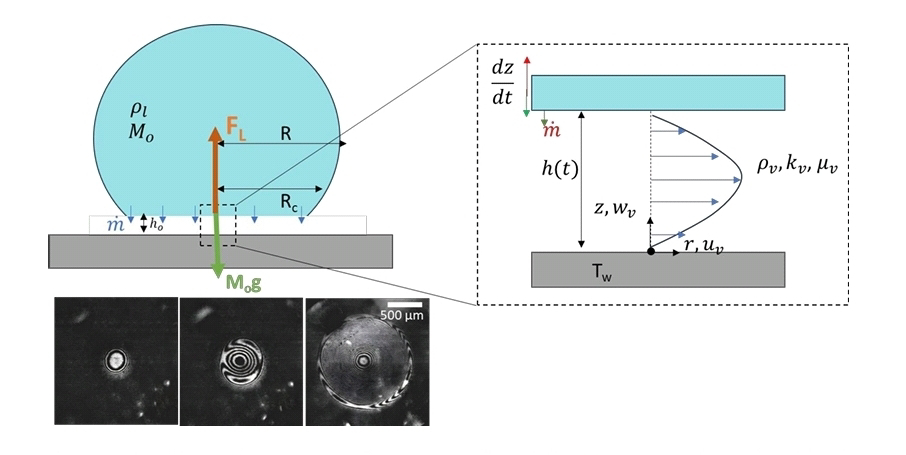<< Swarmalators are entities that combine the swarming behavior of particles with the oscillatory dynamics of coupled phase oscillators and represent a novel and rich area of study within the field of complex systems. >>
<< Unlike traditional models that treat spatial movement and phase synchronization separately, swarmalators exhibit a unique coupling between their positions and internal phases, leading to emergent behaviors that include clustering, pattern formation, and the coexistence of synchronized and desynchronized states, etc. >>
This AA paper << presents a comprehensive analysis of a two-dimensional swarmalator model in the presence of a predatorlike agent that (They) call a contrarian. The positions and the phases of the swarmalators are influenced by the contrarian and (They) observe the emergence of intriguing collective states. >>
AA find << that swarmalator phases are synchronized even with negative coupling strength when their interaction with the contrarian is comparatively strong. Through a combination of analytical methods and simulations, (They) demonstrate how varying these parameters can lead to transitions between different collective states. >>
Gourab Kumar Sar, Sheida Ansarinasab, et al. Dynamics of swarmalators in the presence of a contrarian. Phys. Rev. E 111, 014209. Jan 7, 2025.
Also: swarm, swarmalators, transition, behav, in https://www.inkgmr.net/kwrds.html
Keywords: gst, swarm, swarmalators, transitions, behavior, behaviour









